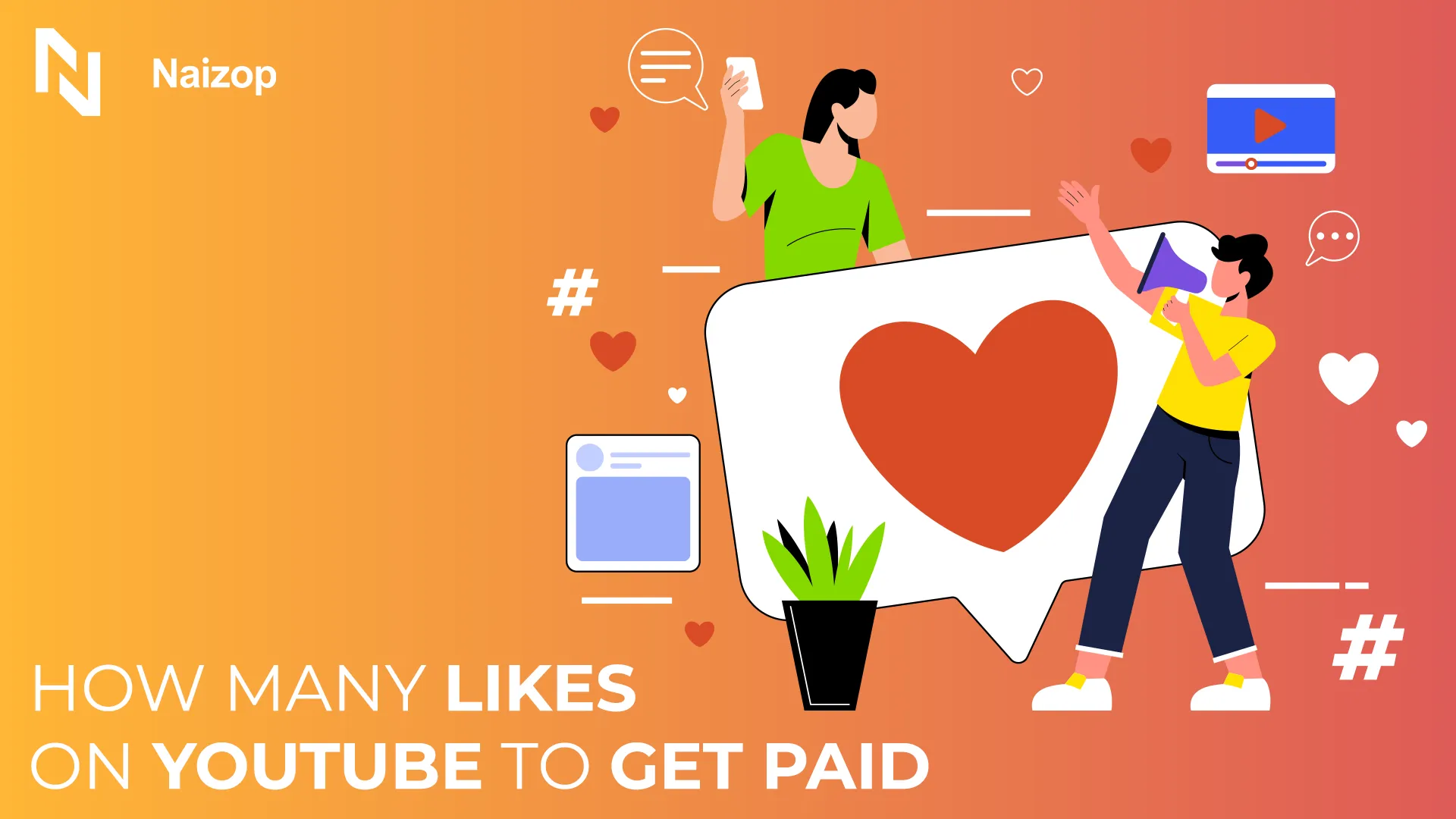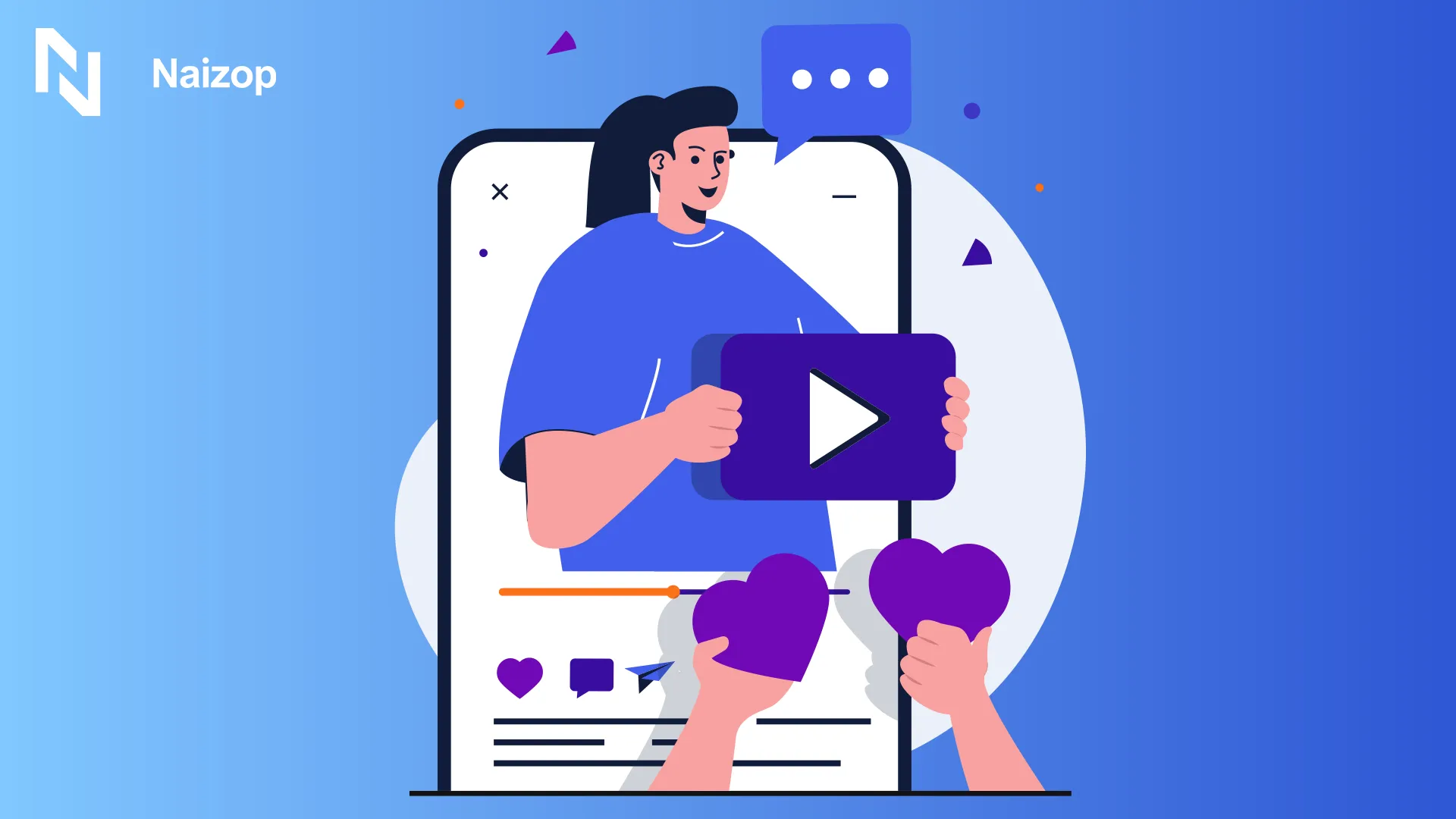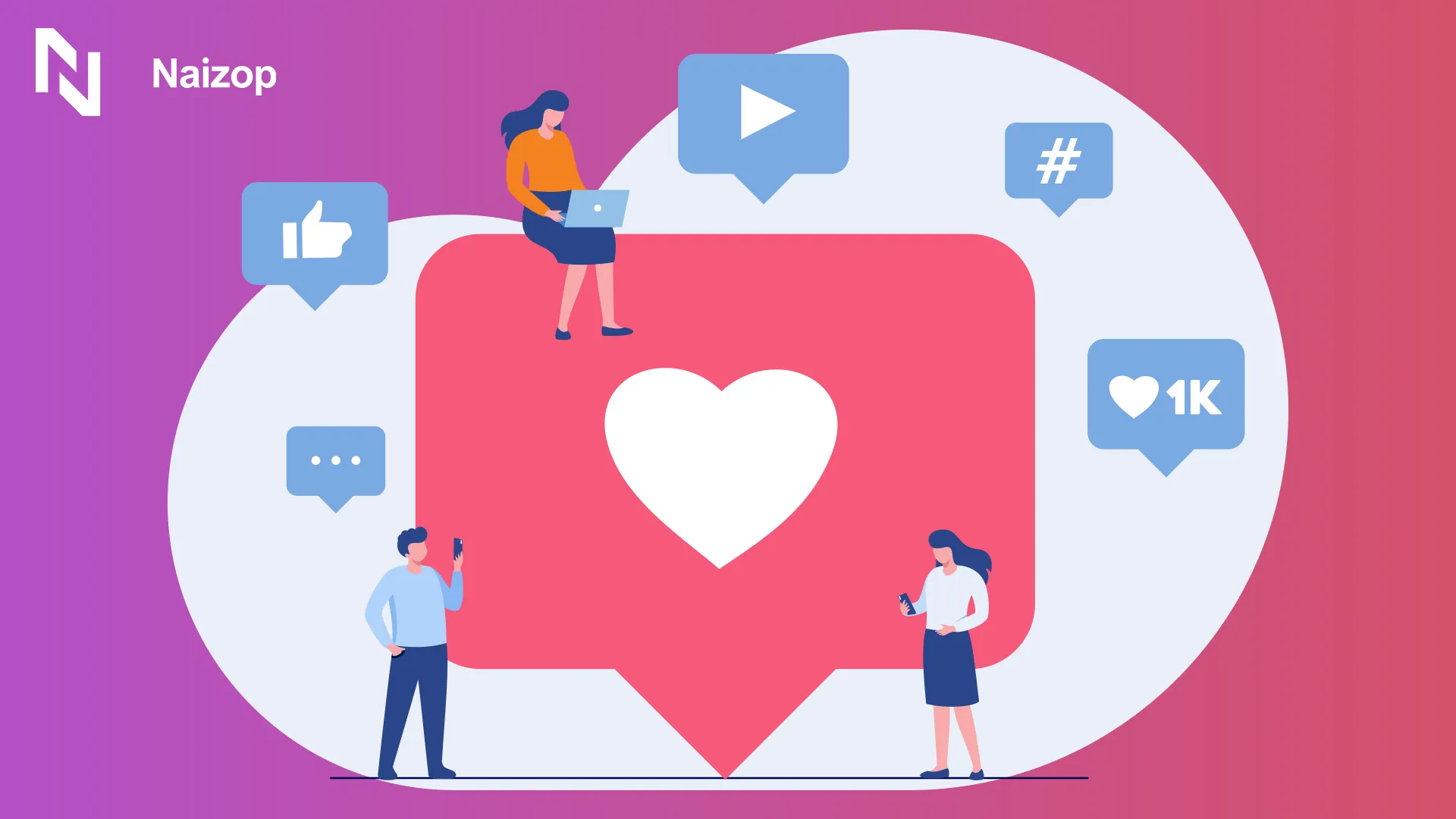🎄 Christmas Mega Bonus | Up to 60% Deposit Bonuses Live Now 🎁
🎄 Christmas Mega Bonus 🎁
🎄 Christmas Mega Bonus | Up to 60% Deposit Bonuses Live Now 🎁
🎄 Christmas Mega Bonus 🎁
All Services
Instagram
TikTok
YouTube
Twitter
Facebook
Threads
Snapchat
Telegram
Discord
Reddit
Quora
Spotify
SoundCloud
Twitch
![]() Kick
Kick
![]() Rumble
Rumble
Podcast
LinkedIn
OnlyFans
Pinterest
Reviews
SMM Panel Pages
Growth Services
Bot Services
Report Bot Services
Others
All Services
Instagram
TikTok
YouTube
Twitter
Facebook
Threads
Snapchat
Telegram
Discord
Reddit
Quora
Spotify
SoundCloud
Twitch
![]() Kick
Kick
![]() Rumble
Rumble
Podcast
LinkedIn
OnlyFans
Pinterest
Reviews
SMM Panel Pages
Growth Services
Bot Services
Report Bot Services
Others


Noah Blake
Last Update: April 10, 2025How many likes on YouTube to get paid? That’s a question a lot of us ask when we start making videos.
It’s easy to think that more likes must mean more money, but the truth is a little different and way more interesting.
We’ve spent time figuring out what matters on YouTube, how creators make money, and where likes fit into all of it. In this guide, we’ll explain it all in simple terms.
You’ll learn how YouTube pays creators, how likes help (even if they don’t pay directly), and what you need to start earning money the right way. Let’s break it down together.

Let’s get straight to the point there’s no exact number of likes that gets you paid.
Let’s check what really happens behind the scenes when you start racking up those likes, and how they can (indirectly) help you earn.
There’s no set YouTube revenue per like. You could get 5,000 likes and earn nothing if no ads run on the video or if your watch time is too low.
On the flip side, someone else could earn real income with fewer likes, just by having strong ad engagement, longer views, and higher CPM (cost per 1,000 views).
Likes look great and definitely help your content perform, but they don’t generate revenue on their own.
This one’s simple: Zero. If you’re asking how many likes count for payment, the answer is that they don’t.
YouTube doesn’t pay creators based on likes, it pays for monetized views, watch time, and ad interactions.
However, likes do help your content get seen by more people. And that extra reach can absolutely lead to more views and income down the line.
To really earn on YouTube, you need to understand how YouTube pays creators. It’s not about likes. It’s about:
YouTube pays through Google AdSense, so when ads play on your videos, and people watch or interact with those ads, that’s where your earnings come from.
Not at all. Think of likes as social proof and a way to boost your video’s visibility.
When a video gets a lot of likes early, the algorithm sees it as “valuable,” which can lead to more recommendations, and that’s where growth really starts.
Likes won’t fill your bank account directly, but they can open the door to more exposure, more views, and ultimately more YouTube revenue.
The short answer is no you don’t get paid just because someone taps the thumbs-up. There’s no fixed YouTube revenue per like.
But that doesn’t mean likes are useless. They play a big role in helping your videos perform better.
When your video gets more likes, it tells the YouTube algorithm that people enjoy what they’re watching.
That usually means your video gets shown to more people, which leads to more views, and that’s where the money can come in.
So while there’s no magic number for how many likes to earn on YouTube, having more likes helps. It’s part of what pushes your video further.
YouTube doesn’t have a direct like count for payment, but it does reward videos that people interact with.
To get paid on YouTube, you need views, watch time, and ads running on your videos. Still, likes are a helpful part of that puzzle.
They won’t bring you cash on their own, but they do make it easier for your content to reach more people, and that’s what can lead to real earnings.
Before we even think about making money, we need to meet YouTube’s basic rules.
To monetize your YouTube channel, you have to get accepted into the YouTube Partner Program. That’s where everything starts.
So what does YouTube expect from us?
Here are the main YouTube monetization requirements:
Once we check all those boxes, we’re in. Then YouTube starts placing ads on our videos, and that’s how we start getting paid.
It’s easy to assume that likes matter for monetization, but they don’t play a direct role. You won’t get accepted into the Partner Program just because you have a video with a bunch of likes.
That’s why people often wonder how many likes to earn on YouTube, but the truth is, it’s not about likes; it’s about views and watch time.
Likes may help our videos perform better, sure, but they aren’t part of the YouTube Partner Program criteria.
If you want to learn how to get paid on YouTube, this is where to start. Focus on growing an audience, posting consistently, and keeping viewers around. The rest will follow.

This is where most people get confused about likes vs views on YouTube payment. We’ve already said it, but let’s make it super clear: views pay, likes help.
So if you’re trying to figure out how many views you need to get paid on YouTube, the answer depends on a few things like where your viewers are from, how long they watch, and if ads run on your videos.
Likes don’t directly bring in money, but they do help the algorithm notice your video. When a post gets liked a lot, it usually gets shared more, and that brings in more views.
Here’s a simple breakdown:
|
Metric |
Do You Get Paid For It? |
Why It Matters |
|
Likes |
❌ No |
Helps boost discoverability |
|
Views |
✅ Yes |
Ad views bring in actual money |
|
Watch Time |
✅ Yes |
Needed for monetization & higher earnings |
|
Comments |
❌ No |
Increases interaction, helps reach |
|
Subscribers |
✅ Indirectly |
Helps unlock features, builds community |
So, while do YouTube likes make money is a common question, the better one might be: How can likes help me get more views and watch time?
Focus on what brings real value: longer videos, interesting content, and giving people a reason to stick around.
That’s the path to earning not just a high YouTube-like count for payment but actual revenue from ads and views.
Absolutely, and if you do it the right way, it can make a big difference. We built Naizop to make that process easy, safe, and worth it.
Our goal was simple: offer a way to buy YouTube likes that help real creators. No fake accounts, no risky shortcuts, just genuine likes from active users that give your video the push it deserves.
When a video starts strong with more likes, it instantly looks more trustworthy. That alone can lead to higher click-through rates, longer watch time, and better reach.
With Naizop, you get:
We even give you flexible options High Quality, Premium, or VIP so you can choose what fits your content best.
If you’re creating solid videos but struggling to get seen, buying likes can give you that early traction to catch the algorithm’s eye.
And when it’s done right (like we do at Naizop), it works. Try it once, and you’ll see why so many creators come back.
Here’s something a lot of creators overlook: likes don’t directly make money, but they do drive the metrics that actually pay. And the highest-paid YouTubers know this better than anyone.
Take a look at these creators and what they’re earning:
According to YouTube’s own Creator Academy, videos with higher engagement (likes, comments, shares) are significantly more likely to appear in suggested feeds and search results.
So while you won’t earn a cent from a like itself, likes can:
Even small improvements in engagement can lead to a snowball effect. For example:
If you're a growing creator, tools like Naizop help you simulate this momentum by delivering real YouTube likes early on boosting your video's algorithmic appeal and improving chances of organic discovery.
At the end of the day, understanding how many likes on YouTube to get paid comes down to knowing what drives revenue.
Likes don’t pay directly, but they do help your videos perform better, which leads to more views and that’s where the money is.
If we focus on watch time, quality content, and smart promotion, we put ourselves in a position to grow faster and earn consistently.
Pair that with tools like Naizop for early traction, and you’ve got a strong foundation. Create with purpose, promote wisely, and the payouts will follow.

YouTube doesn’t pay you for likes. There’s no fixed rate or YouTube revenue per like.
Instead, likes can help boost your video’s reach, which may lead to more views and that’s what earns money through ads. So while 1,000 likes look great, they don’t result in direct income.
It depends on your niche and audience, but most creators need around 500,000 to 1,000,000 monetized views per month to make $2,000.
This can vary based on your CPM (cost per 1,000 views), which is influenced by viewer location, watch time, and advertiser demand.
You can earn through faceless channels, automated content, or outsourcing video creation. Many people monetize a YouTube channel using stock footage, AI voiceovers, or hiring editors and scriptwriters.
Just remember, you still need to meet the YouTube monetization requirements and keep viewers watching.
There’s no set number of how many likes to earn on YouTube. Likes don’t pay you directly, but they help increase views.
It’s those views along with watch time and ad impressions that lead to income. Focus on content performance, not counts.
Using services like Naizop to buy real YouTube likes can give your content early traction and help it get discovered faster.

Written By:
Noah Blake
AUTHOR & EDITOR-IN-CHIEF

In this article